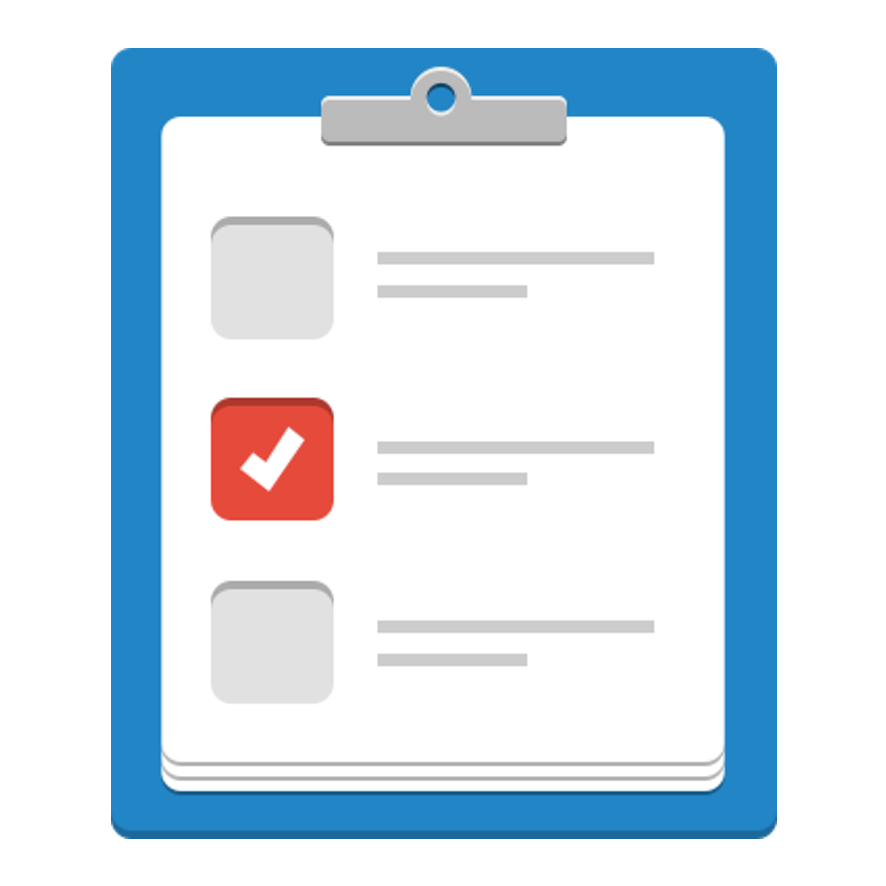ScholarlyArticle DRAFT Profile
Version: 0.1-DRAFT-2019_03_15 (08 February 2019)
Bioschemas profile, based on Biotea model, describing a ScholarlyArticle in Life Sciences.
If you spot any errors or omissions with this type, please file an issue in our GitHub.
Key to specification table
- Green properties/types are proposed by Bioschemas, or indicate proposed changes by Bioschemas to Schema.org
- Red properties/types exist in the core of Schema.org
- Blue properties/types exist in the pending area of Schema.org
- Black properties/types are reused from external vocabularies/ontologies
CD = Cardinality
| Property | Expected Type | Description | CD | Controlled Vocabulary | Example |
|---|---|---|---|---|---|
| Marginality: Minimum. | |||||
| @context | URL | Used to provide the context (namespaces) for the JSON-LD file. Not needed in other serialisations. |
ONE | ||
| @type | Text | Schema.org/Bioschemas class for the resource declared using JSON-LD syntax. For other serialisations please use the appropriate mechanism. While it is permissible to provide multiple types, it is preferred to use a single type. |
MANY | Schema.org, Bioschemas | |
| @id | IRI | Used to distinguish the resource being described in JSON-LD. For other serialisations use the appropriate approach. | ONE | ||
| dct:conformsTo | IRI | Used to state the Bioschemas profile that the markup relates to. The versioned URL of the profile must be used. Note that we use a CURIE in the table here but the full URL for Dublin Core terms must be used in the markup (http://purl.org/dc/terms/conformsTo), see example. |
ONE | Bioschemas profile versioned URL | |
| headline |
Text |
Schema: Headline of the article. Bioschemas: Title of the article. |
ONE | ||
| identifier |
PropertyValue Text URL |
Schema: The identifier property represents any kind of identifier for any kind of Thing, such as ISBNs, GTIN codes, UUIDs etc. Schema.org provides dedicated properties for representing many of these, either as textual strings or as URL (URI) links. See background notes for more details. Bioschemas: A global a unique identifier for articles in their DOI. Any other identifier can be included as an alternate name. |
ONE | ||
| Marginality: Recommended. | |||||
| about |
Thing SemanticAnnotation |
Schema: The subject matter of the content. Inverse property: subjectOf. Bioschemas: Semantic annotations identified in this scholarly article. |
MANY | ||
| alternateName |
Text |
Schema: An alias for the item. Bioschemas: Any othe name, including alternate identifiers in the form namespace:id such as pmcid:PMC3804025 or pmid:29312824. |
MANY | ||
| author |
Organization Person |
Schema: The author of this content or rating. Please note that author is special in that HTML 5 provides a special mechanism for indicating authorship via the rel tag. That is equivalent to this and may be used interchangeably. |
MANY | ||
| backstory |
CreativeWork Text |
Schema: For an Article, typically a NewsArticle, the backstory property provides a textual summary giving a brief explanation of why and how an article was created. In a journalistic setting this could include information about reporting process, methods, interviews, data sources, etc. Bioschemas: Abstract. |
ONE | ||
| citation |
CreativeWork Text |
Schema: A citation or reference to another creative work, such as another publication, web page, scholarly article, etc. |
MANY | ||
| dateCreated |
Date DateTime |
Schema: The date on which the CreativeWork was created or the item was added to a DataFeed. |
ONE | ||
| dateModified |
Date DateTime |
Schema: The date on which the CreativeWork was most recently modified or when the item’s entry was modified within a DataFeed. |
MANY | ||
| datePublished |
Date |
Schema: Date of first broadcast/publication. |
ONE | ||
| isBasedOn |
CreativeWork Product URL |
Schema: A resource that was used in the creation of this resource. This term can be repeated for multiple sources. For example, http://example.com/great-multiplication-intro.html. Supersedes isBasedOnUrl. Bioschemas: Any previous version of this scholarly article. |
MANY | ||
| isPartOf |
CreativeWork Trip Journal PublicationVolume PublicationIssue |
Schema: Indicates an item or CreativeWork that this item, or CreativeWork (in some sense), is part of. Inverse property: hasPart. Bioschemas: We recommend at least to inlcude a link to the lowest level possible, i.e., PublicationIssue. It is also possible to use ‘isPartOf’ to link as well directly to the PublicationVolume or the Journal, making it easier to find links to each other. |
MANY | ||
| keywords |
Text |
Schema: Keywords or tags used to describe this content. Multiple entries in a keywords list are typically delimited by commas. |
ONE | ||
| license |
CreativeWork URL |
Schema: A license document that applies to this content, typically indicated by URL. |
ONE | ||
| pageEnd |
Integer Text |
Schema: The page on which the work ends; for example “138” or “xvi”. |
ONE | ||
| pageStart |
Integer Text |
Schema: The page on which the work starts; for example “135” or “xiii”. |
ONE | ||
| url |
URL |
Schema: URL of the item. Bioschemas: DOI is the recommended URL, any other should go as sameAs. |
ONE | ||
| Marginality: Optional. | |||||
| alternativeHeadline |
Text |
Schema: A secondary title of the CreativeWork. |
ONE | ||
| articleBody |
Text |
Schema: The actual body of the article. Bioschemas: If included, could be separated in paragraphs or so. |
MANY | ||
| articleSection |
Text |
Schema: Articles may belong to one or more ‘sections’ in a magazine or newspaper, such as Sports, Lifestyle, etc. |
MANY | ||
| copyrightHolder |
Organization Person |
Schema: The party holding the legal copyright to the CreativeWork. |
MANY | ||
| copyrightYear |
Number |
Schema: The year during which the claimed copyright for the CreativeWork was first asserted. |
ONE | ||
| inLanguage |
Language Text |
Schema: The language of the content or performance or used in an action. Please use one of the language codes from the IETF BCP 47 standard. See also availableLanguage. Supersedes language. |
MANY | ||
| isAccessibleForFree |
Boolean |
Schema: A flag to signal that the item, event, or place is accessible for free. Supersedes free. |
ONE | ||
| pagination |
Text |
Schema: Any description of pages that is not separated into pageStart and pageEnd; for example, “1-6, 9, 55” or “10-12, 46-49”. |
MANY | ||
| sameAs |
URL |
Schema: URL of a reference Web page that unambiguously indicates the item’s identity. E.g. the URL of the item’s Wikipedia page, Wikidata entry, or official website. Bioschemas: Any other link to this article, including those machine readable. |
MANY | ||
| version |
Number Text |
Schema: The version of the CreativeWork embodied by a specified resource. |
MANY | ||
| wordCount |
Integer |
Schema: The number of words in the text of the Article. |
ONE | ||






